The Fact$ of Life
Right now, the market for editorial sales of natural history images has virtually disappeared. The incomes of the world’s top stock photographers are down by at least 90%). (Can you say Darrell Gulin? Like me, most depend on income from photo trips, the sale of educational materials, and income from this or that affiliate program.
In 2001, BAA sold the publication rights to images for nearly one-quarter million US dollars. That amount dropped to about $20,000 by 2011, and in 2017, to slightly more than $2,00.00. We’ve stopped counting. IPTs used to fill within days. Now I am happy to go with one or two folks, but I’d much rather have you along. And so it goes. In 2009, I turned to creating educational blog posts, now to the tune of 4002. Yes, 4002 educational blog posts. So, please remember to use either my B&H or Bedfords affiliate links for your major purposes. It does not cost you one cent to do either.
B&H Simplified
To ensure that I get credit for your B&H purchases, you can always click here. The tracking is invisible but greatly appreciated. And, you can use your PayBoo card. You must use the website to order. B&H will reopen on Fri April 14. Thanking me for the past 4000 educational blog posts could not be any easier and will not cost you one penny additional. Please shoot me your B&H receipt for major purchases.
Bedfords Simplified
Click here to start your search. Choose standard shipping, and when you get to the payment page, enter BIRDSASART in the discount code box and hit apply. You will be upgraded to free second day air Fed-Ex and receive 3% cash back on your credit card once your stuff ships. Either is superbly appreciated by yours truly.
A Note From DeSoto #1 Participant Bob Handin
It is hard to put into words my feelings about my recent Fort DeSoto IPT. I have been taking pictures for many years and even have a few nice bird pictures. However, my few days with Artie have upped my game in amazing ways. I was fortunate to be the only person who signed up for his first 2023 Fort DeSoto IPT, so I got to spend a lot of time with the master. He let me use one of his SONY A1 cameras and a 200-600 lens; of course, I fell in love with it. We shared an Air BNB and did some extra trips to the North Tampa Rookery, Stick Marsh, and Indian Lake Estates to see his beloved Sandhill Crane families. Artie is a patient and experienced teacher and by the end of the IPT I was dreaming about sun angle, wind direction, head angle, and how to properly frame my subjects. I took some of the best pictures of my life and will treasure them and my newfound knowledge. Artie and I have had some similar life experiences and share having Type 2 Diabetes. He introduced me to his very healthy “Birds As Art” diet and my blood sugars improved along with my photography. Artie was everything one would want in an IPT instructor, knowledgeable, willing to share his knowledge, and making sure you got a good picture; he is engaging, humorous, and unbelievably enthusiastic. My advice is to sign up for an IPT ASAP. It just might be a life-changing experience.
Bob Handin
What’s Up?
Monday morning at DeSoto was good, but not as good as Sunday morning was. I did have three different Reddish Egrets including a white morph but as soon as I got settled, one would fly in and chase the first one away. I have discovered a great new spot with lots of terns and gulls and nobody else around. You will find me there tomorrow on the first morning of the second DeSoto IPT, another private affair with only a single registrant — Steve Pumillia from MN.
Please remember to use the B&H and Amazon links that are found on most blog pages and to use the BIRDSASART discount code at checkout when purchasing your new gear from Bedfords to get 3% back on your credit card and enjoy free second-day air FedEx. Please, also, consider joining a BAA IPT. You will be amazed at how much you will learn!
You can find some great photo accessories (and necessities, like surf booties!) on Amazon by clicking on the Stuff tab on the orange/yellow menu bar above. On a related note, it would be extremely helpful if blog-folks who, like me, spend too much money on Amazon, would get in the habit of clicking on the Amazon logo link on the right side of each blog post when they shop online. As you might expect, doing so will not cost you a single penny, but would be appreciated tremendously by yours truly. And doing so, works seamlessly with your Amazon Prime account.
Please remember that if an item — a Delkin flash card, or a tripod head — for example, that is available from B&H and/or Bedfords, is also available in the BAA Online Store, it would be great, and greatly appreciated, if you would opt to purchase from us. We will match any price. Please remember also to use my B&H affiliate links or to earn 3% cash back at Bedfords by using the BIRDSASART discount code at checkout for your major gear purchases. Doing either often earns you free guides and/or discounts. And always earns my great appreciation.
|
|
|
This image was created on 9 April while scouting for the 2nd DeSoto IPT. I used the handheld Sony FE 70-200mm f/2.8 GM OSS II lens with the Sony FE 1.4x Teleconverter (at 280mm) and The One, the Sony Alpha 1 Mirrorless Digital Camera.. The exposure was determined via Zebras. ISO 1600: 1/1250 sec. at f/5.6 (stopped down one stop) in Manual mode. AWB at 8:34:27am on a dark stormy morning. Tracking: Expand Spot AF/C with Bird-Eye/Face Detection performed perfectly. Click on the image to enjoy a high-res version. Image #1: Snowy Egret with crest blowing in the wind |
When the “Wrong” Wind Helps
When a bird with crest feathers faces away from (rather than into) the wind, you can often make some neat images. Fortunately, this handsome and cooperative Snowy Egret was more interested in the cast-netting fisherman nearby than in the wind direction. The pink lores will intensify over the next week or two until they are a bright cherry red. Those changes occur as a result of increased hormonal flow only when the birds are actively engaged at a breeding location.
|
|
|
This image was created on 9 April while scouting for the 2nd DeSoto IPT. I used the handheld Sony FE 12-24mm f/2.8 GM lens (at 13mm) and The One, the Sony Alpha 1 Mirrorless Digital Camera.. The exposure was determined via Zebras. ISO 640: 1/2000 sec. at f/5.6 (stopped down 2-stops) in Manual mode. AWB at 8:34:27am on a dark stormy morning. Tracking: Expand Spot AF/C with Bird-Eye/Face Detection performed perfectly. Click on the image to enjoy a high-res version. Image #2: Gulls, terns, and stormy skies |
Why?
When I recently purchased the Sony FE 12-24mm f/2.8 GM lens, I knew in advance that I would use it only rarely. When I saw the huge storm clouds on Monday morning, I stuck the lens in a watch cap into my old X-trahand vest (along with the 70-200 II). These days it is rare that I head into the field with more than one lens (much less two!). Friend Anita North borrowed the 12-24 and made better images with it than I did!
I shall call it my big skies/storm cloud lens
|
|
|
This image was created on 9 April while scouting for the 2nd DeSoto IPT. While seated on the sand, I used the knee-pod technique with the handheld Sony FE 400mm f/2.8 GM OSS lens and The One, the Sony Alpha 1 Mirrorless Digital Camera). The exposure was determined via Zebra technology with ISO on the Thumb Dial. ISO 800. 1/3200 sec. at f/2.8 (wide open) in Manual mode. When evaluated in RawDigger, the raw file brightness was determined to be dead-solid perfect (ho hum). AWB at 8:52:07am on a dark stormy morning. Tracking: Expand Spot AF-C with Bird Face/Eye detection enabled performed to perfection. Be sure to click on the image to enjoy a high-res version. Image #3: Male Royal Tern stepping off female after copulating |
Why Not the Copulation?
Seeing the image above of the male stepping off his mate, many would ask why I did not photograph the act itself? The answer is that when they were copulating, they were blocked by a Laughing Gull right in front of them. As the pair moved to my right, into the northeast wind, they came clear. So, I acquired focus quickly and fired off a short sequence as he hopped down to the sand. Though I did come up with a new twist, a Laughing Gull was removed from the right side of the frame using techniques detailed in Digital Basics II.
|
|
|
This image was created on 9 April while scouting for the 2nd DeSoto IPT. While seated on the sand, I used the knee-pod technique with the handheld Sony FE 400mm f/2.8 GM OSS lens and The One, the Sony Alpha 1 Mirrorless Digital Camera). The exposure was determined via Zebra technology with ISO on the Thumb Dial. ISO 500. 1/2500 sec. at f/3.2 (stoped down 1/3-stop) in Manual mode. When evaluated in RawDigger, the exposure was determined to be dead-solid perfect (ho hum). AWB at 9:22:30am as things brightened up a bit on a dark stormy morning. Tracking: Expand Spot S AF-C with Bird Face/Eye detection enabled performed to perfection. Be sure to click on the image to enjoy a high-res version. Image #4: Laughing Gull ruffling |
Hard to Believe
When this handsome gull leaned forward and began to ruffle, I pressed and held the shutter button for three seconds and created a 78-frame sequence. I kept 13. This one was my clear favorite. After the second edit, I will likely get down to three or four keepers. Oh, and by the way, every frame was razor-sharp on the bird’s eye.
|
|
|
This image was created on 9 April while scouting for the 2nd DeSoto IPT. While seated on the sand, I used the knee-pod technique with the handheld Sony FE 400mm f/2.8 GM OSS lens and The One, the Sony Alpha 1 Mirrorless Digital Camera). The exposure was determined via Zebra technology with ISO on the Thumb Dial. ISO 500. 1/2500 sec. at f/3.2 (stoped down 1/3-stop) in Manual mode. When evaluated in RawDigger, the exposure was determined to be dead-solid perfect (ho hum). AWB at 9:28:06am as things brightened up a bit on a dark stormy morning. Tracking: Zone AF-C with Bird Face/Eye detection enabled performed to perfection. Be sure to click on the image to enjoy a high-res version. Image #5:Herring Gull taking flight |
Dog Running on the Low Wall of the Breakwater
Anita and I had a large group of terns and gulls courting and displaying right in front of us as we were seated on the sand. Suddenly, they all took flight at once and left the scene. We turned to see a lady jogger running with her dog on a leash. The problem was that the dog was running along the top of the low wall. Only the handsome Herring Gull that I had been eyeing remained. It looked nervous ,so I framed and followed it as it took flight to follow the rest of the flock to God-knows-where. The birds never returned.
Anita ran into the lady later on and said “Hi” to the dog and chatted with the woman. She explained that it was breeding season for the gulls and the terns and that the birds were extremely stressed by her bird dog running up on the wall. She asked if the woman might keep the dog on the sidewalk next to her when she saw flocks of birds on the beach while running. She replied, “But, my dog likes to run along the top of the wall.” End of discussion.
Your Call?
Which is the strongest of today’s five featured images. Why did you make your choice.
|
|
|
Fort DeSoto in spring is rife with tame birds, many in full breeding plumage. Click on the composite to enjoy a larger version. Clockwise from upper left around to center: Laughing Gull landing on head of Brown Pelican, Laughing Gull in flight, Reddish Egret sunrise silhouette, Great Blue Heron with needlefish, Yellow-crowned Night Heron with ghost crab, Roseate Spoonbill, Sanderling in breeding plumage, and white morph Reddish Egret in glorious breeding plumage. |
The 2023 Spring Fort DeSoto Instructional Photo Tours (IPTs)
Spring Fort DeSoto IPT #3: Tuesday 9 May through the morning session on 12 May 2023. 3 1/2 Days: $1899.00 includes three working brunches. Limit six photographers/Openings: 4.
Fort DeSoto, located just south of St. Petersburg, FL, is a mecca for terns and gulls, wading birds, and shorebirds in spring. Many of the birds will be in full breeding plumage. Simply put, DeSoto is the new Ding Darling. Migrant shorebirds are in abundance, and many are exceedingly tame. We should have great chances on Royal and Sandwich Terns and both white- and dark-morph Reddish Egrets. Great Egret, Snowy Egret, Great Blue Heron, Tricolored Heron, and White Ibis are easy as well and we will almost surely come up with a tame Yellow-crowned Night-Heron or two along with some American Oystercatchers. We will enjoy lots of great flight photography, especially with the Brown Pelicans.
|
|
|
Again, Fort DeSoto in spring is rife with tame birds, most in breeding plumage. Click on the composite to enjoy a larger version. Clockwise from upper left around to center: Laughing Gull in flight, Yellow-crowned Night-Heron, Sandwich Terns copulating, Roseate Spoonbill, Great Egret with reflection, breeding plumage Short-billed Dowitcher, American Oystercatcher, Royal Tern, white morph Reddish Egret, and Snowy Egret in marsh. |
In Addition!
We should also get to photograph a variety of other shorebirds including Black-bellied, Semipalmated, Wilson’s, Snowy, and Piping Plovers, Willet, Dunlin, Short-billed Dowitcher, Marbled Godwit, and most especially, Red Knot, with many individuals in their handsome breeding plumages. In spring the T-shaped peninsula and the newly formed sandbar, Outback Key, are literally packed with avian treasures.
With just a bit of luck, we may get to photograph one of Florida’s most desirable species: Roseate Spoonbill. And we will surely get to do some Brown Pelican flight photography. With luck, they will have Laughing Gulls landing on their heads. And though not guaranteed, Wood Stork might well be expected. And we will be on the lookout for a migrant passerine fallout in the event of a thunderstorm or two.
|
|
|
Yes, Fort DeSoto in spring is rife with tame birds, most in breeding plumage. Click on the composite to enjoy a larger version. Clockwise from upper left around to center: breeding plumage Dunlin, dark morph Reddish Egret displaying, Laughing Gull vertical front-end portrait, Laughing Gull with prey item, landing on head of Brown Pelican, breeding plumage Royal Tern displaying, Royal Terns — pre-copulatory stance, Laughing Gulls copulating, Laughing Gull head portrait, breeding plumage Sandwich Tern with fish, and a rare treat, a breeding plumage White-rumped Sandpiper. |
What You Will Learn on a DeSoto IPT
- 1- The basics and fine points of digital exposure; how to get the right exposure every time after making a single test exposure (or before if you are using SONY gear).
- 2- How and why to work in Manual mode (even if you’re scared of it).
- 3- How to approach free and wild birds without disturbing them.
- 4- Lots about bird behavior and how to use that knowledge to help you create better images.
- 5- To age and identify many species of shorebirds including various sandpipers, plovers, dowitchers, and possibly yellowlegs.
- 6- To spot good situations and to choose the best perspective.
- 7- To see, evaluate, and understand the light.
- 8- To design pleasing images by mastering your camera’s AF system.
- 9- And perhaps most importantly, to evaluate wind and sky conditions and understand how they affect bird photography.
- 10- More than you could ever imagine.
|
|
|
You got it by now! Fort DeSoto in spring is rife with tame birds, most in breeding plumage. Click on the composite to enjoy a larger version. Clockwise from upper left around to center: Roseate Spoonbill, immature Brown Pelican in flight, the heron/egret hybrid, American Oystercatcher feeding, immature Royal Tern on railing, Great Egret morning silhouette, Black Skimmer in surf, and underside head portrait of Great Blue Heron. |
The Details
Morning sessions will run two and one-half to three hours; afternoon sessions about two. There is never a set schedule on an IPT — we adapt to the conditions. On cloudy mornings with the right wind, we may opt to photograph till noon and skip the afternoon session. That especially when the afternoon weather is looking iffy. We may opt to visit a great North Tampa rookery if conditions warrant that.
There will be a Photoshop/Image Review session before and after brunch (included) each of the three full days. That will be followed by Instructor Nap Time. Each of these IPTs will run with only a single registrant as I do not like disappointing anyone. The best airport is Tampa (TPA). Once you register, you will receive an e-mail with lodging information. Do know that it is always best if IPT folks stay in the same general area (rather than at home or at a friend’s place a good distance away).
Folks attending this IPT will be out in the field as early as possible and stay out late to take advantage of sunrise and sunset colors; this is pretty much a staple on almost all BIRDS AS ART Instructional Photo-Tours. Doing so will often present unique photographic opportunities, opportunities that will be missed by those who need their beauty rest and those who need to get home for a proper dinner. I really love it when I am leaving the beach at 9:30am on a sunny morning after a great session just as a carful or two of well-rested photographers are arriving … We will be getting wet.
Your $599 deposit is due now. Credit cards are OK for that. You can register by calling Jim or Jennifer during weekday business hours at 863-692-0906 with a credit card in hand. Once you leave a deposit, you will receive an e-mail with your balance statement and instructions for sending your balance check three months before the trip begins. If you wish to pay in full right off the bat, you can make your check out to BIRDS AS ART and send it via US mail here: BIRDS AS ART, PO BOX 7245, Indian Lake Estates, FL 33855. You will receive a confirmation e-mail with detailed instructions, and clothing and gear advice two months before the trip. Please shoot me an e-mail if you plan to register or if you have any questions.
IPT veterans and couples or friends signing up together may e-mail for discount information.
Typos
With all blog posts, feel free to e-mail or to leave a comment regarding any typos or errors.

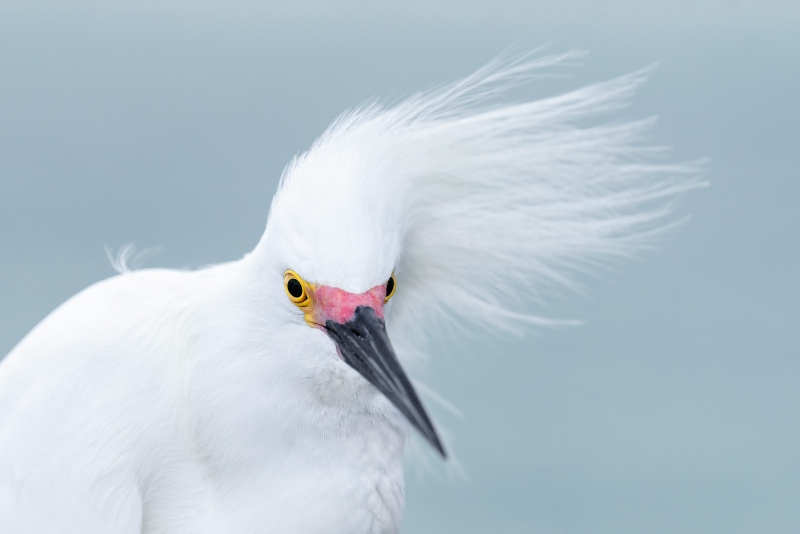
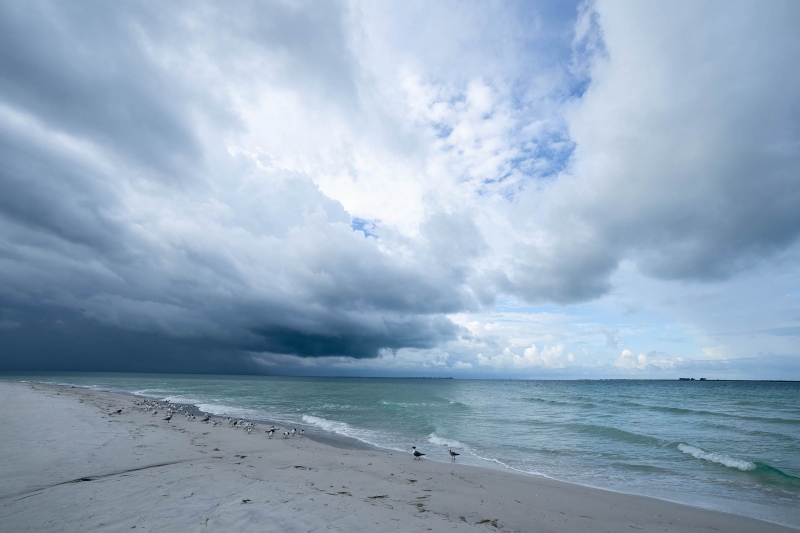
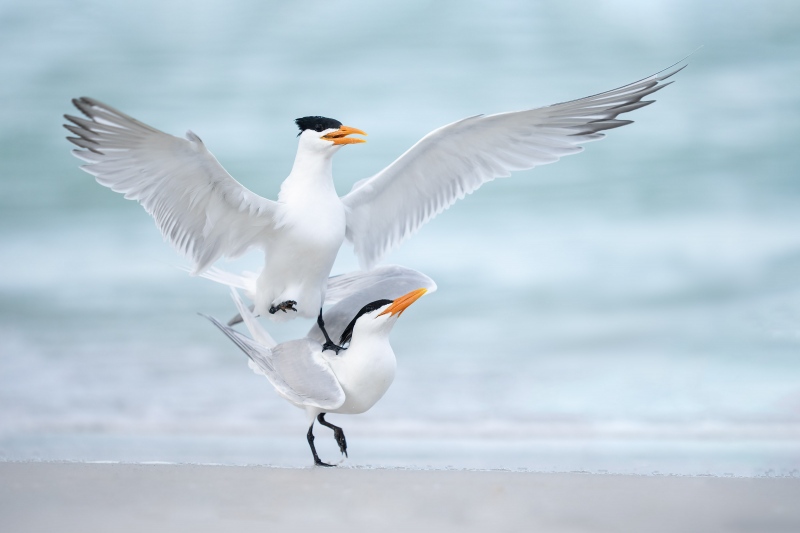
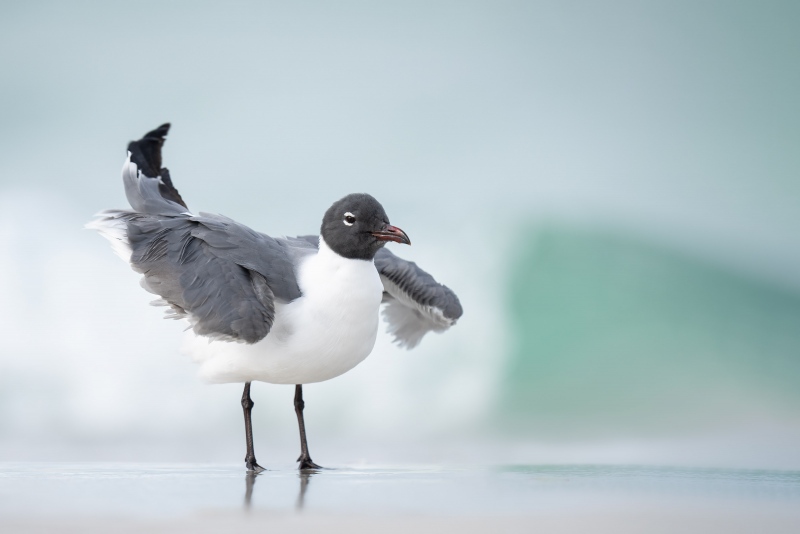
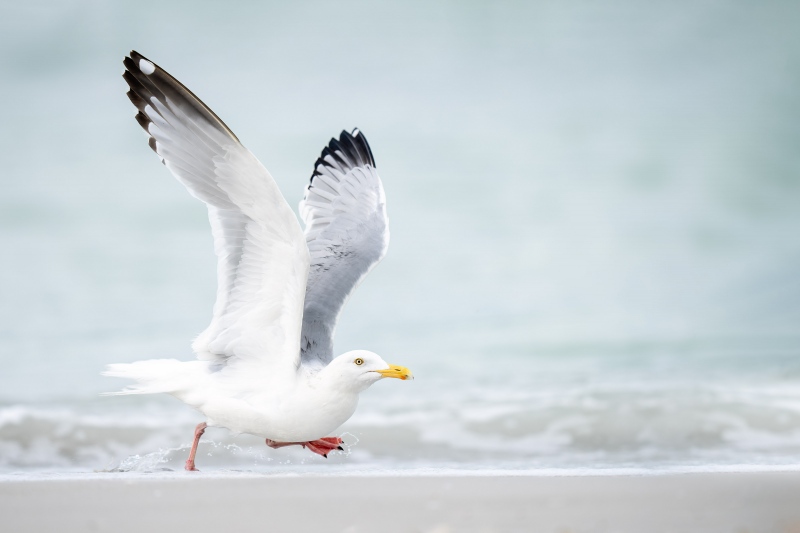
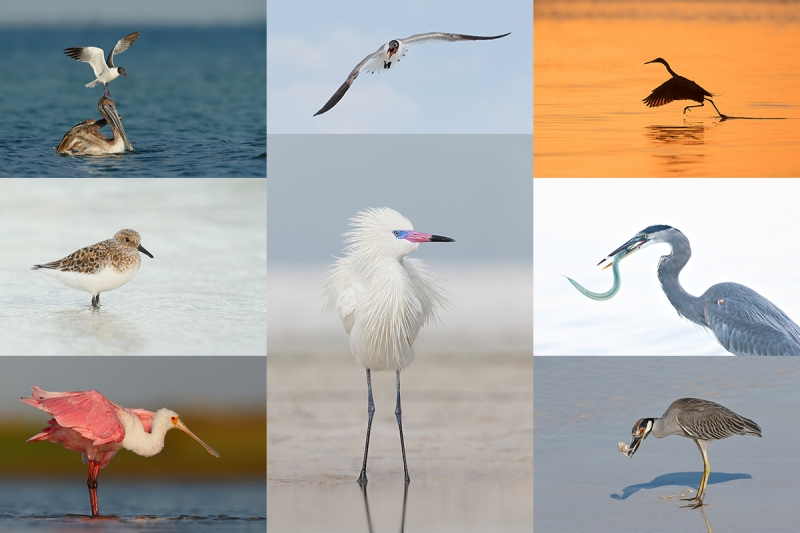
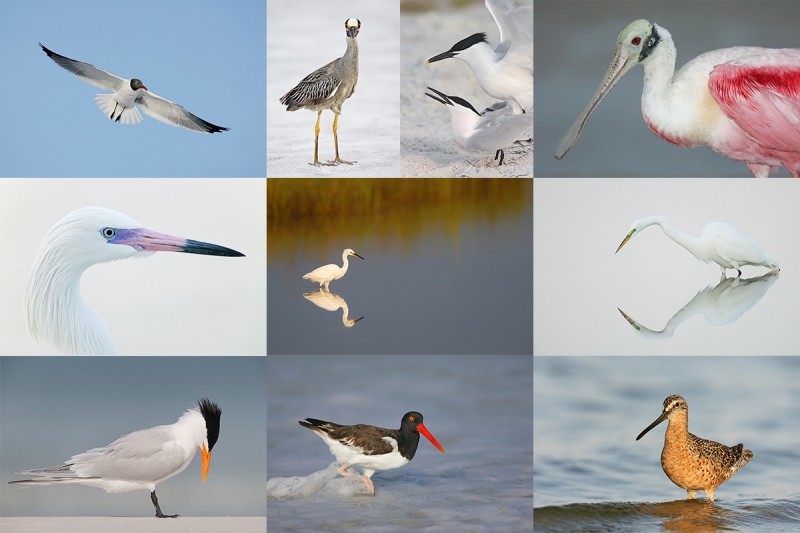
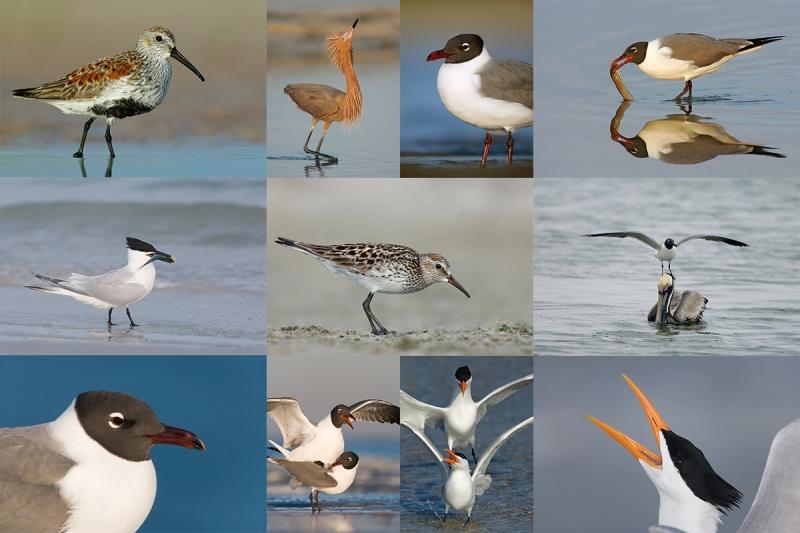
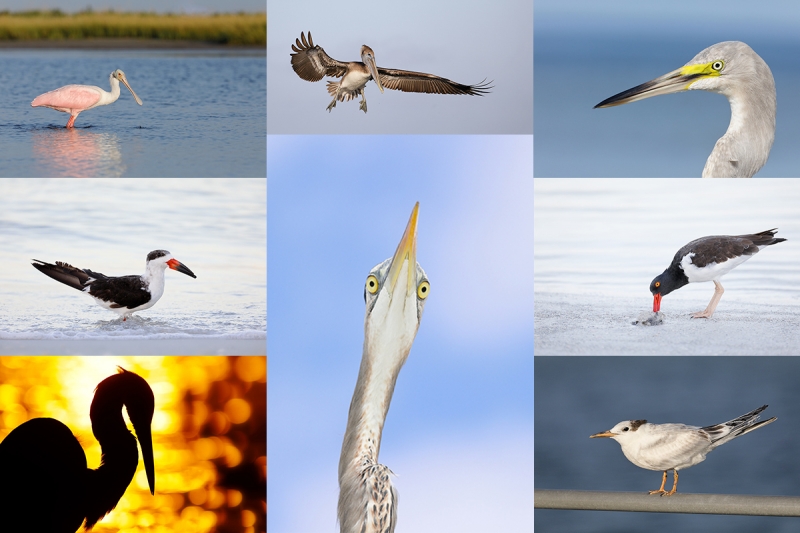













I’m looking forward to seeing what you can do with the 12-24 in Iceland!
Love the splash of water off the left leg of the Herring Gull . A subtle bonus to a really nice image.
Thanks, Bill. I agree.
with love, artie
Images #1 and #2 and #3 and #4 and #5 are interesting! And image #3 Male Royal Tern stepping off female after copulating made me laugh!
#s 4 and 5 are my favorites. They both show behavior, action, and poses I’ve not seen and the action tells a story. I really like the raised foot in 5 as it shows fast action in running to take off. The action is too fast for the eye to see that raised foot well so only a camera could show it. Wings up is great too. Head angles in both are perfect. in 4, the green wave bothers a bit, not because it’s green, that’s a beautiful color, but because it’s an undefined blob. It takes me awhile to figure what it is. The background waves in 5 are more delineated but both 4 and 5 are at f 3.5. I wonder if about f 8 or 11 would have delineated the green wave more but there was probably not enough time to think about and make those changes.That said, I really like 4 and 5.
I love that green. The only way I can think of to be better would be with the green wave all the way across behind the bird. I know that’s asking for the impossible.
Thanks, Elinor.
Two things:
1- the last that that I want in either image is for the waves to be more delineated.
2- I had lot of images in the series from which I selected #4. I picked the one I did because I loved the position of the (obviously to me) breaking wave. If I had a choice between all green and the breaking wave as is, I would pick the latter in a heartbeat. That said I appreciate your thoughtful comment.
with love, artie
Artie
I am impressed you made a few landscape images with your 12-24 lens! It is fun hey 🙂
Even more impressed is the number of blogs and hearing your story. Todays images featured are beautiful, the Egret in #1 with the windy feathers is sweet and to think using the 70-200 on how tame they were! Image#2 Stormy Skies is killer for me showing the weather and you framed it well just enough beach and water and to showcase the stormy clouds, wow!
Image#3 come on you were being modest in giving them privacy so you waited till the male steps off 🙂 but again a super image Artie and being there seeing that and the action makes you want to go back everyday as there is always something different! Image #4 the breaking wave in the background is amazing and the ruffling a really sweet image. Finally #5 the Gull taking flight is framed sweet and the wave again timed perfectly. I learned lots with you in your IPT and i can see that in todays images putting myself there and what or how would i do it.
What an amazing day and with good Friend
Always with love b
Huge thanks, Bob. You are such a mensch and I love you muchly.
a
ps: we went back to the exact spot this morning; I created 3594 images!